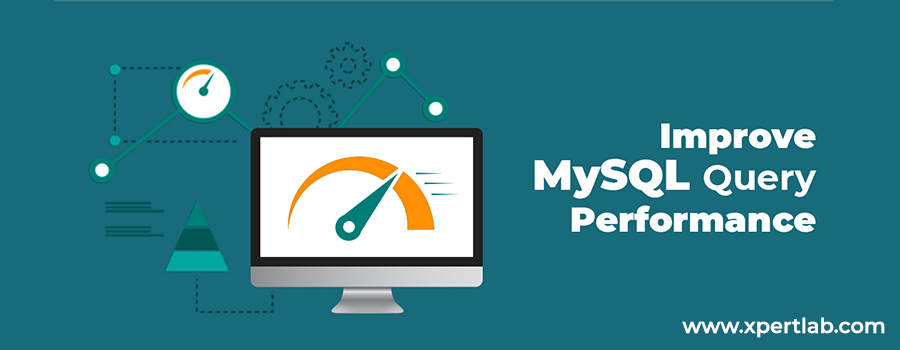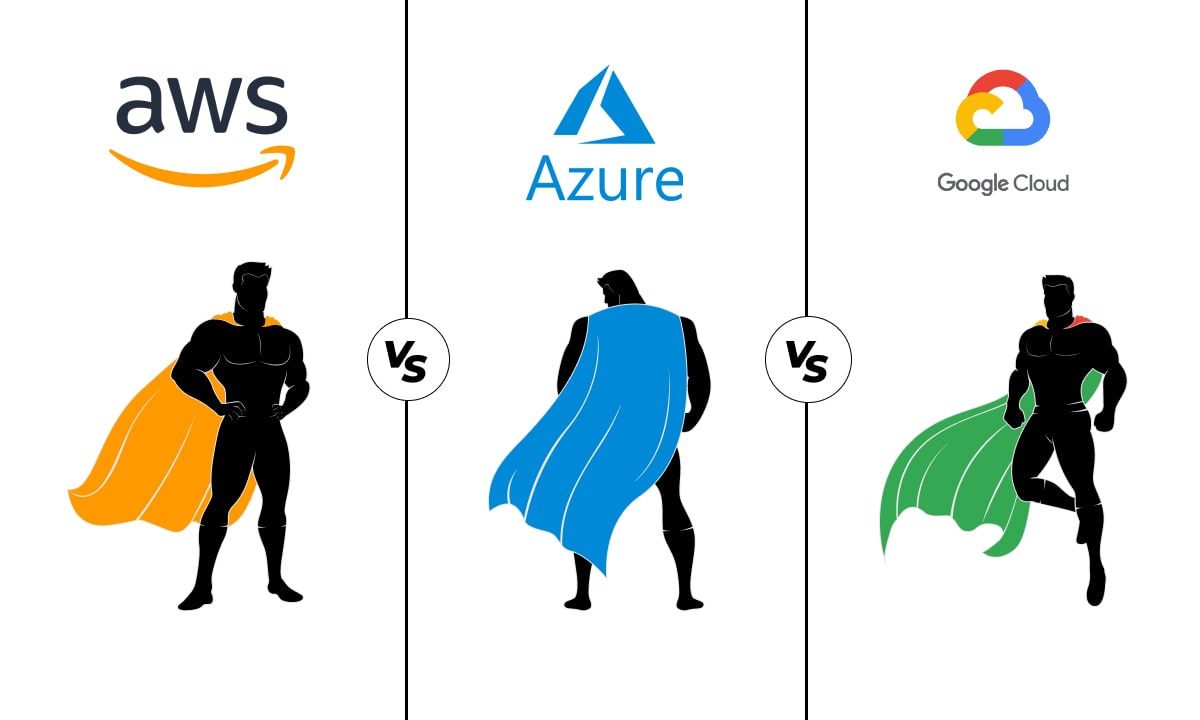
Improve MySQL Query Performance
31st October 2020
AWS VS AZURE VS GOOGLE CLOUD: WHICH PLATFORM IS BEST?
4th November 2020Objective-C is a general-purpose, object-oriented programming language that adds Smalltalk-style messaging to the C programming language. It was the main programming language supported by Apple for macOS, iOS, and their respective application programming interfaces (APIs), Cocoa and Cocoa Touch, until the introduction of Swift in 2014.
The language was originally developed in the early 1980s. It was later selected as the main language used by NeXT for its NeXTSTEP operating system, from which macOS and iOS are derived. Portable Objective-C programs that do not use Apple libraries, or those using parts that may be ported or reimplemented for other systems, can also be compiled for any system supported by GNU Compiler Collection (GCC) or Clang.
Objective-C source code ‘implementation’ program files usually have .m filename extensions, while Objective-C ‘header/interface’ files have .h extensions, the same as C header files. Objective-C++ files are denoted with a .mm file extension.
Difference between Objective-C and Swift:

Swift is the programming language that was first launched by Apple in June 2014. Objective-C yields all warts you’d expect from a language formed on C. To distinguish keywords and types from C types, Objective-C preceded new keywords applying the @ symbol. Because Swift isn’t made on C, it can ally all the keywords and extract the numerous @ symbols in the presence of every Objective-C type or object-related keyword.
Swift code almost mirrors natural English, in addition to other contemporary programming languages. This readability makes it simpler for existing programmers from JavaScript, Java, Python, C#, and C++ to embrace Swift into their toolchain—unlike the unpleasant experience that programmers had to face using Objective-C.
Difference between Objective-C and C++:

Introduced in 1979, Wilkerson says that C++ was explicitly designed to combine objects and instance methods to the original C language. This was based on the idea that object-oriented programming would be more productive and effective for large software projects—something that some senior experts mentions the reason for C++’s broad adoption in the years since. As per some experts of the programming community, C++ is the language used to write many current desktop applications, and as a result of this large user base—a wide number of frameworks and libraries have been created to elongate C++ for functions like high-performance graphics, audio digital signal processing, and user interface design.
Both the languages are rooted in C, but they are two completely different languages. A major variation is that Objective-C is directed on runtime-decisions for transmitting and profoundly depends on its runtime library to manage inheritance and polymorphism. At the same time, in C++ the locus usually lies on latent, compile-time, conclusions. C++ is a middle-level language that is being operated on different cross-platform operating systems such as Windows, UNIX, Macintosh OS, etc. In contrast, Objective C is general-purpose, and object-oriented programming language employed by Apple in its operating systems and APIs Cocoa etc.





